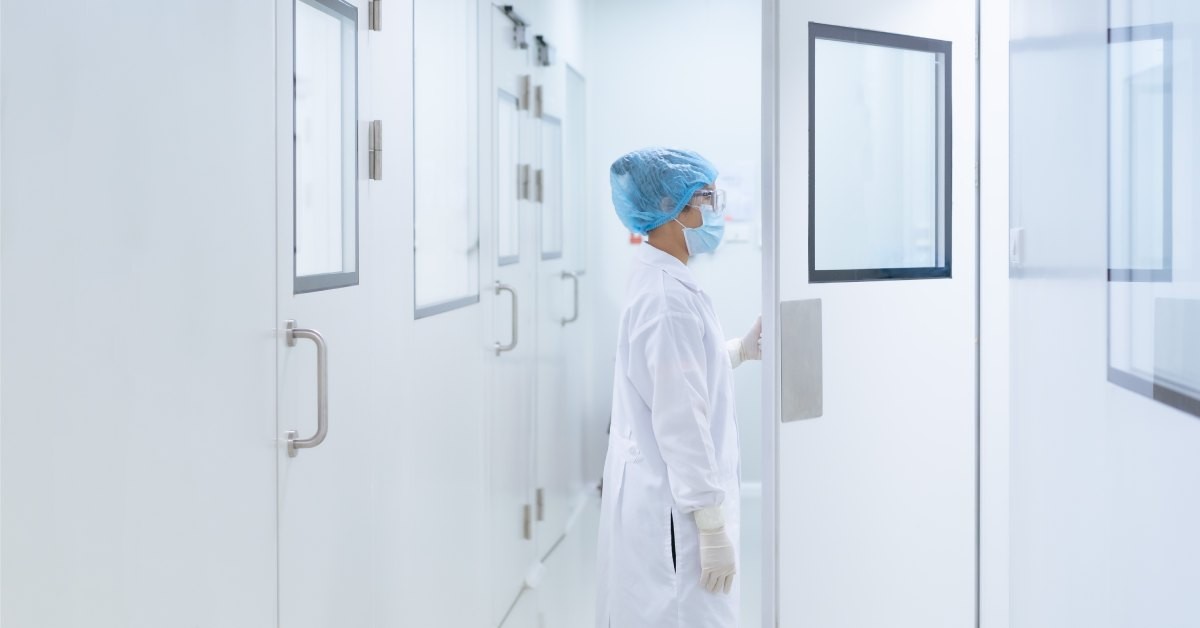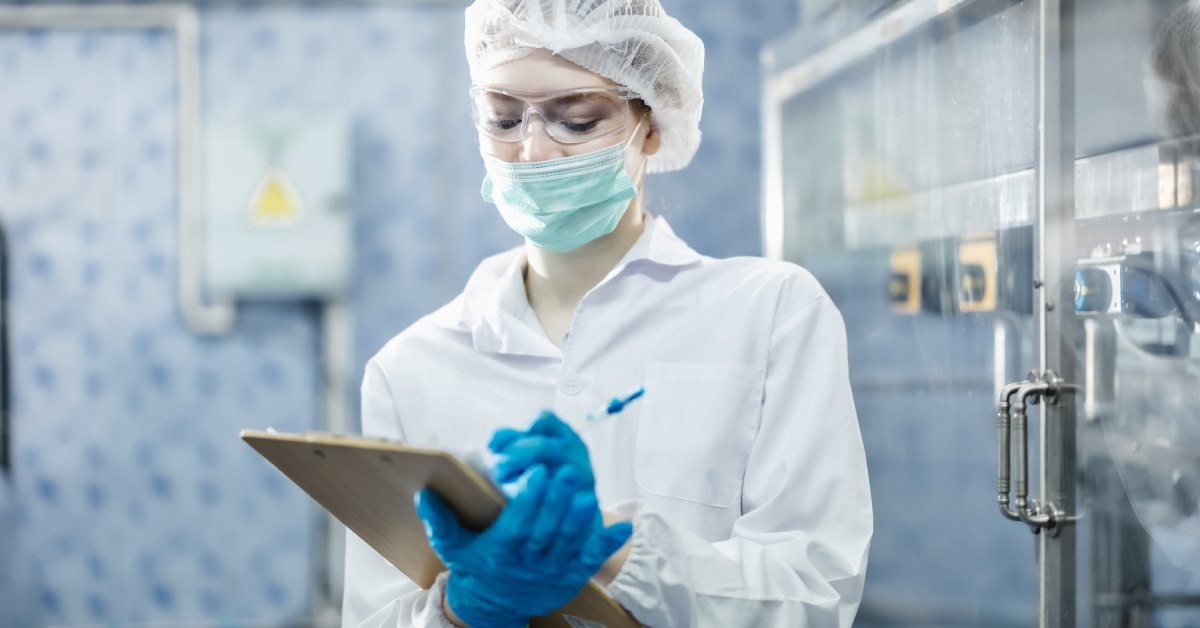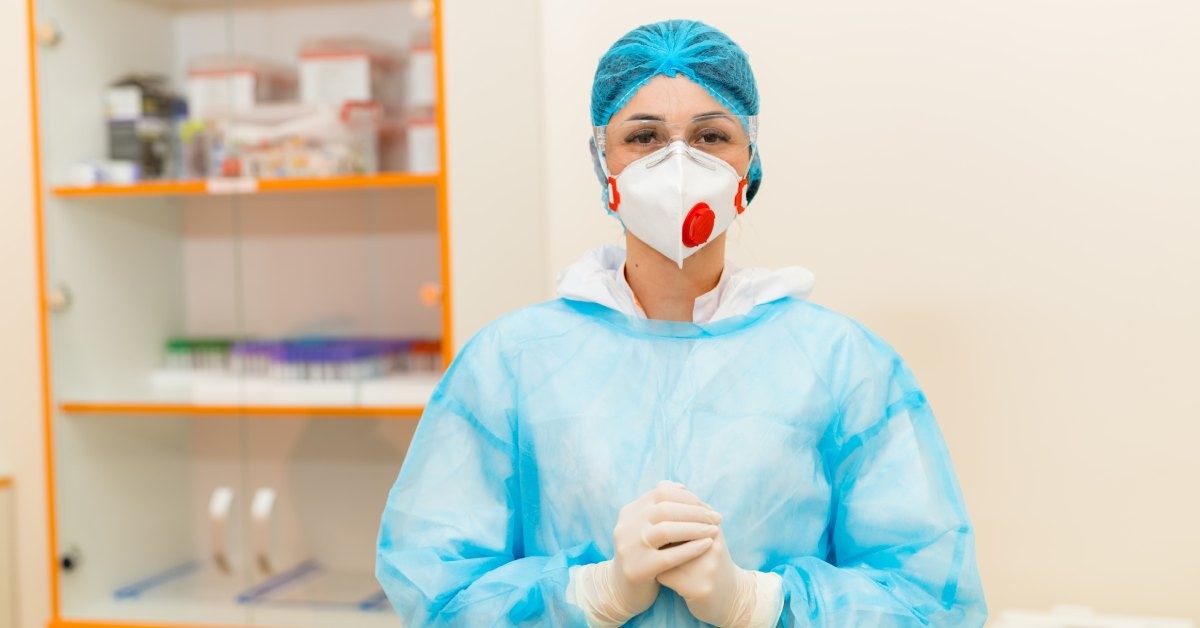Implementing a Vapor Hydrogen Peroxide System

Laboratory facilities are built on the foundation of product safety and contamination control. Whether it’s a research lab, clean room, or public health laboratory, ensuring sterility in such environments isn't just important—it's critical. The life sciences industry faces relentless challenges, from maintaining product integrity to containing the most dangerous pathogens.
Effective disinfection and bio-decontamination are at the heart of many facility challenges, and vapor hydrogen peroxide systems—including the latest hybrid hydrogen peroxide (HHP™) vapor systems—have emerged as some of the most effective methods available. Follow this guide so that you can successfully implement a vapor hydrogen peroxide system now.
A Revolution in Disinfection Technology
Disinfection is more than a routine task for laboratory facilities. It’s a pillar of research, pharma, and public health, safeguarding lives and ensuring compliance with stringent Current Good Manufacturing Practice (cGMP) standards. Enter vapor hydrogen peroxide systems, which are transforming how laboratory environments manage sterility. Unlike conventional methods, this technology leverages hydrogen peroxide vapor to decontaminate labs with exceptional thoroughness.
Think of vivariums and isolators—spaces that demand absolute sterility. Vapor hydrogen peroxide doesn't just clean; it provides an advanced barrier against microbial threats, offering peace of mind to laboratory staff and facility managers alike. Its ability to penetrate hard-to-reach areas has positioned it as a frontrunner in modern disinfection methods.
How Vapor Hydrogen Peroxide Systems Keep Devices Clean
These systems are specifically designed to achieve high-level disinfection and bio-decontamination, even for small, intricate devices that are challenging to disinfect using traditional methods.
Hydrogen peroxide vapor systems take disinfection a step further, delivering an exceptional level of sterility assurance without leaving harmful residues or damaging surfaces. Their ability to effectively eliminate microbial threats by breaking down into only water and oxygen makes them ideal choices for laboratory instruments, electronics, and other sensitive devices.
Vapor Hydrogen Peroxide Changes the Game
Understanding the science behind vapor hydrogen peroxide underscores why it’s a revolutionary tool. Hydrogen peroxide in vapor and hybrid (vapor plus micro-aerosol) form is uniquely suited to eliminate bacteria, viruses, and fungi at the cellular level. The vapor reaches every corner of a cleanroom, ensuring total coverage—something liquid disinfectants often fail to achieve.
Liquid disinfectants are labor-intensive, and they leave room for human error, while automated fumigation with HHP™ vapor or vapor hydrogen peroxide offers consistent, validatable results.

Leveraging Vapor Hydrogen Peroxide for Safer Environments
You can outfit your facility with HHP™ vapor or vapor hydrogen peroxide systems right now. At CURIS System, you can find a bio-decontamination unit that will equip you with state-of-the-art bio-decontamination.
The introduction of HHP™ vapor or vapor hydrogen peroxide into laboratory settings such as research labs or pharmaceutical facilities brings a plethora of benefits.
Contamination control skyrockets, as this technology achieves sterility assurance levels that traditional methods struggle to match. For high-containment pathogens, which can result in significant danger to staff, HHP™ technology and vapor hydrogen peroxide offer a compelling solution.
An Environmentally Friendly Solution
Furthermore, hydrogen peroxide is more compatible with the materials and surfaces commonly found in life science facilities—the lower the concentration, the better. Successfully implementing a vapor hydrogen peroxide system or innovative HHP™ vapor technology is the key to creating safer environments in a sustainable manner. Unlike harsher chemical agents, HHP™ technology and vapor hydrogen peroxide preserve the integrity of equipment and electronics, extending their longevity while protecting against viruses, bacteria, fungi, and spores.
Environmental benefits often go overlooked. HHP™ technology and vapor hydrogen peroxide do not produce harmful residues, making them safer for users as well as the environment. Its eco-friendly profile is a win-win for facilities striving to meet sustainability goals while ensuring the highest standards of hygiene.
Navigating the Challenges and Practical Considerations
Adopting a vapor hydrogen peroxide system isn't without its challenges.
Cost
One of the primary considerations is the initial cost of investment. High-quality systems require financial planning, but the return on investment in terms of reduced risks of contamination or outbreak and improved safety often justifies the expense.
Training
Training staff is another critical aspect. Effective use of a vapor hydrogen peroxide system relies on ensuring operators understand its mechanics, safety protocols, and application techniques. Comprehensive training programs are essential, but many vendors provide support to simplify the learning curve. High-concentration systems necessitate more training and stringent monitoring due to the extensive risks associated with exposure to their solution, while lower-concentration HHP™ systems provide easy-to-use options that require minimal oversight and training.
Regulations
Regulatory and safety guidelines play a significant role in determining the viability of implementation. Laboratory facilities must ensure that their chosen vapor hydrogen peroxide systems meet regulatory compliance standards appropriate to their region. This extends to staff protection, ensuring that exposure to hydrogen peroxide remains within safe, permissible limits.

From Planning to Execution: A Roadmap for Implementation
Introducing a vapor hydrogen peroxide system into a professional facility begins with a thorough assessment. Facility managers must evaluate the specific needs of their environment, considering factors such as room size, existing protocols, and the prevalence of pathogens.
Choosing the right vendor and system is pivotal. Not all systems are equally reliable or feasible, and facility managers should seek providers that offer robust post-purchase support, technical training, and equipment tailored to their unique requirements. Collaboration with vendors ensures an accurate fit between the system and facility demands.
Execution involves three basics steps:
- purchasing,
- training staff, and
- validating efficacy in the specific space.
For general use, it can be as simple as running a validation cycle to ensure the treatment protocols achieve desired results. More highly regulated facilities, such as GMP or cGMP locations, may conduct comprehensive validation and quality testing, from Factory Acceptance Testing (FATs) and Site Acceptance Testing (SATs) to Installation and Operational Quality Testing. In any case, staff should be equipped with detailed guidelines and manuals to ensure the system is seamlessly integrated into daily operations. A phased rollout across high-priority areas often works best, allowing the team to identify and resolve any challenges early.
Advancing Sterility Standards with Vapor Hydrogen Peroxide
Choosing to implement HHP™ technology and vapor hydrogen peroxide isn’t just an operational decision—it's an investment in better bio-decontamination outcomes.
For facilities ready to elevate their disinfection standards, this technology represents a pragmatic and forward-thinking step. If your organization is looking to take the leap, consult professionals who specialize in tailoring HHP™ technology and vapor hydrogen peroxide systems to your needs. The future of contamination control awaits.